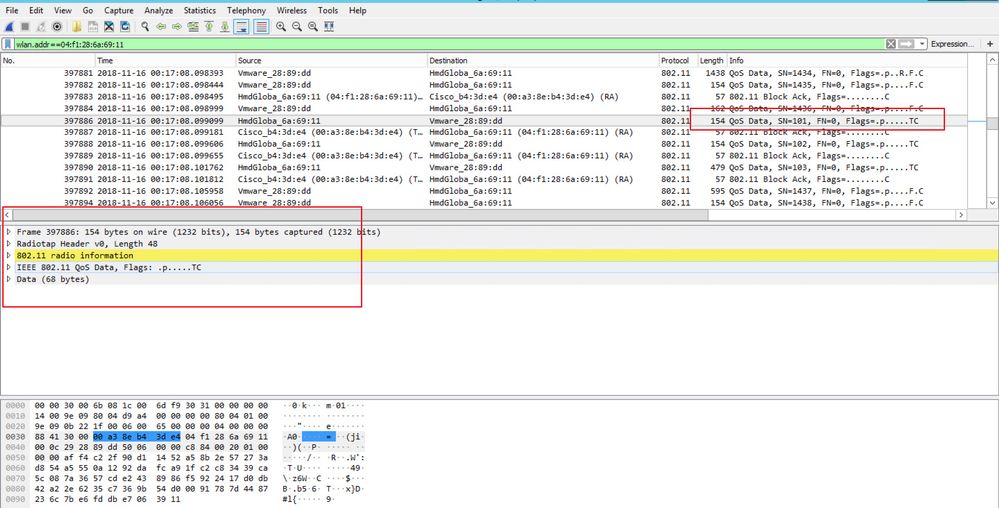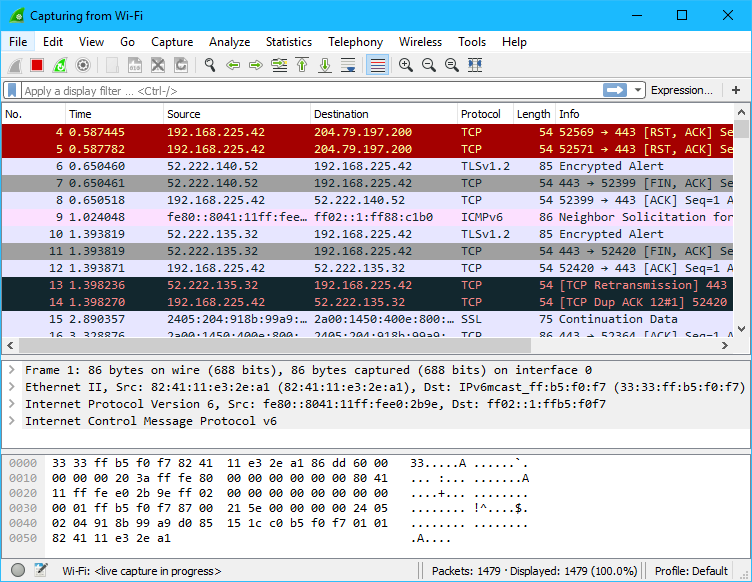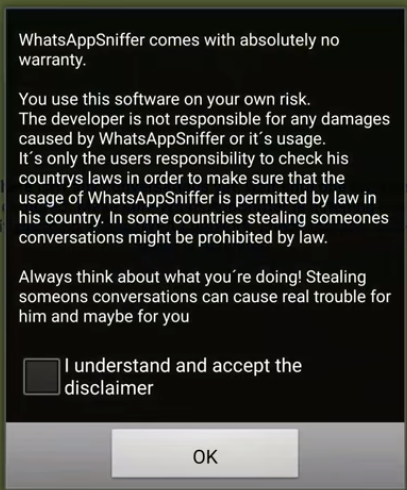

If you select the regular network interface, you will see only queries that are on the Internal Domains list, or that did not specifically go through the dnscryptproxy. A huge advantage of using this, is that you can sniff packets while the Roaming Client service is disabled, start the capture, and suddenly you're seeing every DNS query that the Roaming Client sends from the moment it starts, rather than starting a capture after the Roaming Client has already started.ġ. This is a lightweight and easy-to-use tool. OSX - The interface will be named ipsecX (eg.Windows - The interface is named ' Umbrella'.If the problem is suspected to relate to IP Layer Enforcement then you must also capture traffic on the IP Layer Interface. IP Layer Enforcement creates a VPN interface.

mac OS An圜onnect - /opt/cisco/anyconnect/umbrella/data/force_transparent.flagĪfter doing this restart the service or your computer.macOS - /Library/Application Support/OpenDNS Roaming Client/force_transparent.flag.Windows An圜onnect - C:\ProgramData\Cisco\Cisco An圜onnect Secure Mobility Client\Umbrella\data\force_transparent.flag.Windows - C:\ProgramData\OpenDNS\ERC\force_transparent.flag.

Alternatively, create the following file, depending on your OS and version of the roaming client: In some cases Umbrella support may request that you disable DNS encryption to see the DNS traffic between the Roaming Client and Umbrella cloud. And you have just located the password and username you have entered on the unprotected login page - whether or not the password and username are correct are irrelevant.In normal circumstances the traffic between the Roaming Client and Umbrella is encrypted and not human readable. Once you get there look in the red text paragraphs and try to find what I was able to locate in the picture. Then you will right click on it and go down to "FOLLOW" then to "TCP STREAM". You can see exactly what I am talking about if you follow the pictures above. Then at the far right of the packet in the info section you will see something like ".login" or "/login". This drastically narrows the search and helps to slow down the traffic by minimizing what pops up on the screen. By filtering this you are now only looking at the post packet for HTTP. Wireshark comes with the option to filter packets. HTTP (Hyper Text Transfer Protocol) is the protocol we will be dealing with when looking for passwords.

The second step to finding the packets that contain login information is to understand the protocol to look for.


 0 kommentar(er)
0 kommentar(er)
